Jet lagged, frozen, wrapped in multiple layers against the polar winds of a New York January storm, it was a thrill to walk into a gallery space full of sun-drenched summer scenes. At first glance, these are beautiful paintings of beautiful young people on beaches, but look again and you realize they are a meditation on the fragility of body image and how illusory perfection is. This is a topic Emil Sands is uniquely qualified to portray — more on that later.
But first, the paintings: a longer look reveals that the beaches are serving as stage sets and mindscapes for an exploration of vulnerability and exposure — an experience intrinsically tied to the act of sharing space with other near-naked bodies. An unsettling atmosphere quickly emerges through the delicate interplay of hesitant and watchful observation, where a sense of voyeurism unfolds both within the paintings themselves and in the viewer’s own act of looking.
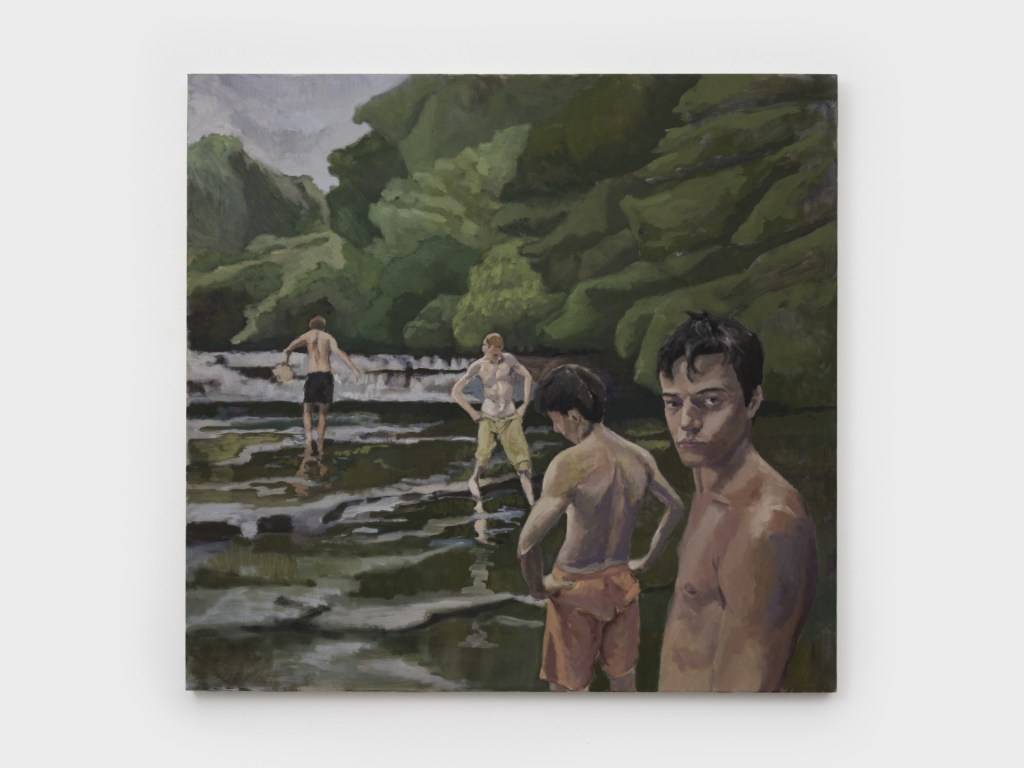
In a couple of paintings, the action moves from shoreline to woodland reminiscent of the Hampstead Ponds in North London, a hallowed swim spot much featured in English literary circles. There is a very English feel to the awkwardness and watchfulness of the people Sands depicts. He was born in London but now lives in New York, and these two paintings in particular feel nostalgic for his hometown. He’s lived here for the last two years after attending Yale on a Henry fellowship, awarded following a Cambridge degree in classics. A charmed life you might think at first glance, but one that is more complicated than it appears, much like the paintings themselves.
Sands was born with mild cerebral palsy, a disability that is not immediately obvious to the casual observer these days, but a big deal in terms of personal history and body image. In his words:
“I have a somewhat complex relationship with my own body,” he says. “When I was younger, my symptoms were far more pronounced than they are today. I had a pretty severe limp. I can’t really use my right hand. I grew up hyperconscious of what my body looked like in space, and we, as a family unit, decided to raise me as ‘normal’ as possible. That served me really well in lots of ways. It also engendered an obsession with what normal really means, and an obsession with looking at bodies, figuring them out.”
And that’s the real subject matter at hand in these cool light-filled paintings: the vulnerability that comes from exposing one’s emotional and physical imperfections and the ways in which we mask these vulnerabilities from others. The paintings are are all about bodies moving and interacting in space and how bodies betray feeling. As Emil says:
Why is his back right, but mine isn’t? I’m interested in the way someone’s hand falls on their hip because I’ve wiled away hours of my life, staring in the mirror and looking at how my hand falls on my hip, thinking, is someone going to notice something? Am I going to pass?
Standing in the middle of the gallery, these hidden preoccupations are made visible in the paintings; they portray people receding in space all around you. They are full of depictions of the backs and spines of people walking away, lost in private thought.
Two particularly tender solo figures stand out. In “Tide Pool Crab Land” a single golden haired boy dances in the shallow water. Above him is an expansive sky made of delicate thin washes of cerulean, ultramarine and the palest of pinks that is glorious paint and space all at once, a sky to happily lose yourself in. “Resort Lord” portrays an old man walking away from us down a beach, a beautiful, crooked spine full of the vicissitudes of life bathed in golden evening light.

Some of the paintings portray relationships and connections between people, but there are far more depictions of figures isolated in a crowd. The voyeurism comes in part from how few faces we are invited to look at, so the single direct gaze emanating from a single painting named ‘The Invitation’ really packs a punch, rather like the gaze of one of Filippo Lippi’s renaissance angels beckoning you into his annunciations.
And this exhibition is an annunciation of sorts: Sands is telling us about his own reinvention as a young person in a new city, now grown more comfortable in his own skin. He is also in the middle of writing a soon-to-be published memoir that is both personal history and rumination on “the classical body and body beautiful, muscles and marble and masculinity.” His writing and these paintings are giving us both the emotional and intellectual version of this story about the body not quite beautiful that we all inhabit, and how to live with it.
This exhibition feels like the painting equivalent of a first album or novel — introspective and about his experience so far. After this visual bildungsroman, I am excited to see where Sands next directs his discerning gaze.
Salt In The Throat paintings by Emil Sands is at Kasmin Gallery, 297 Tenth Avenue until February 15, 2025.



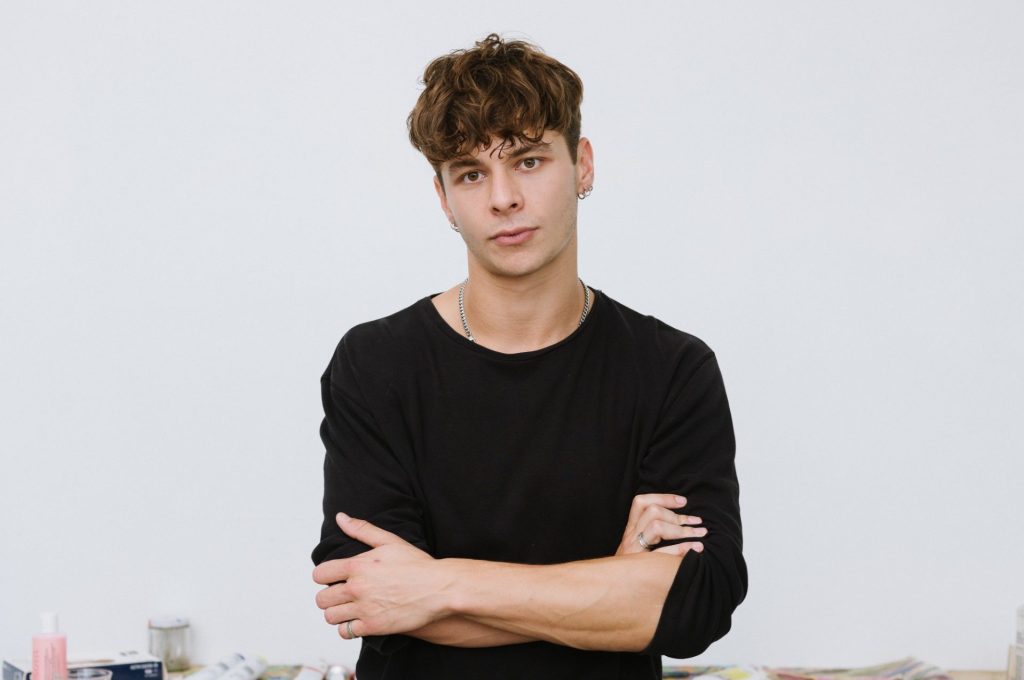













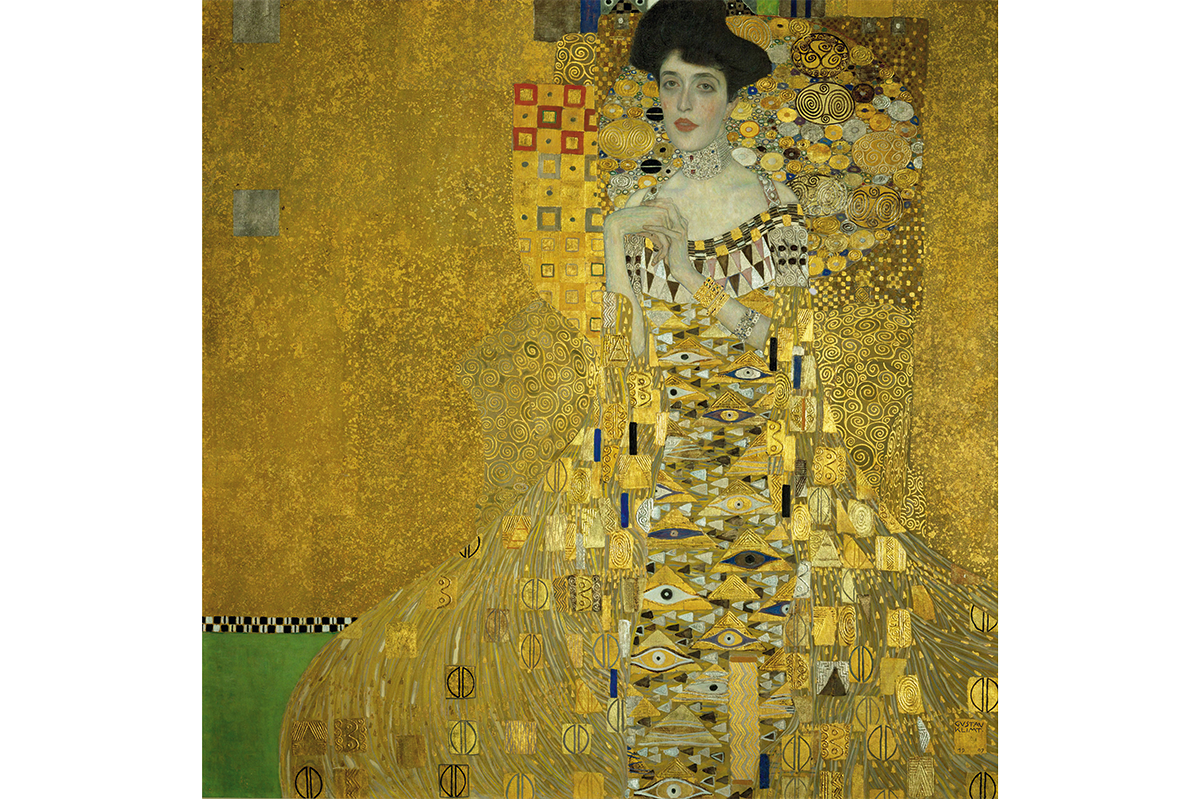
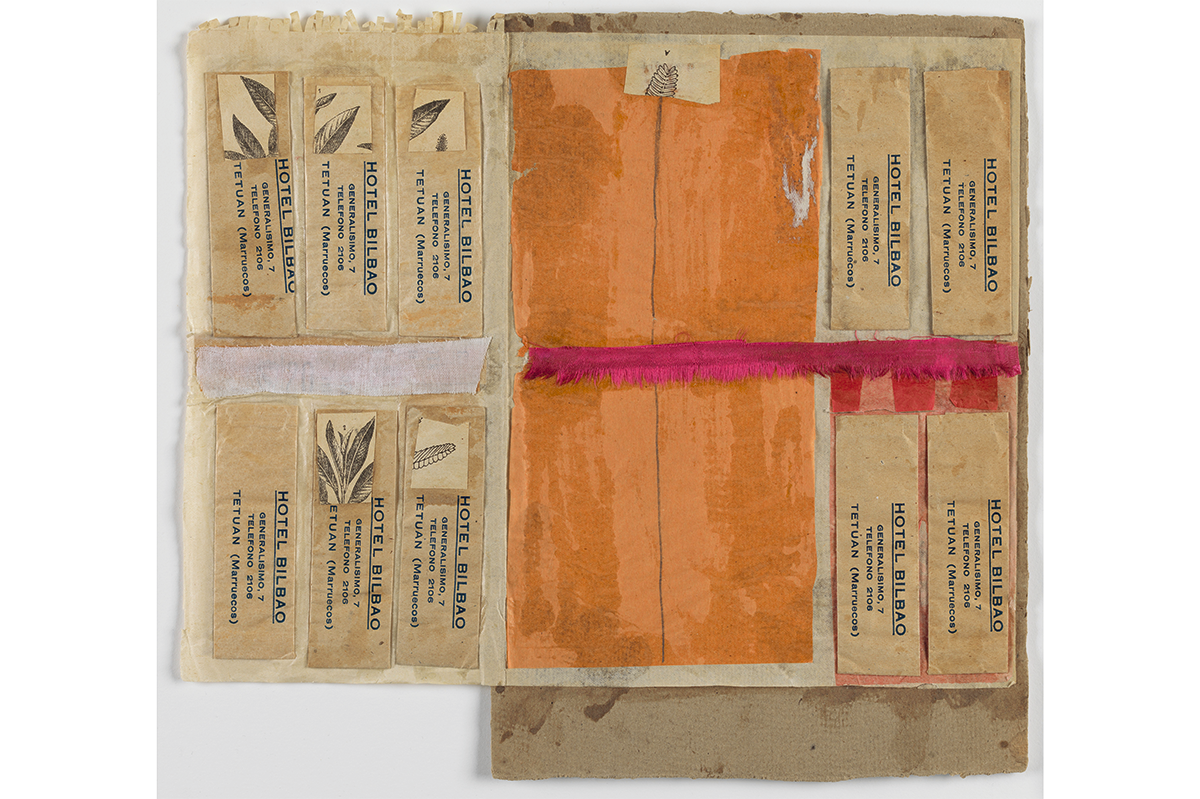




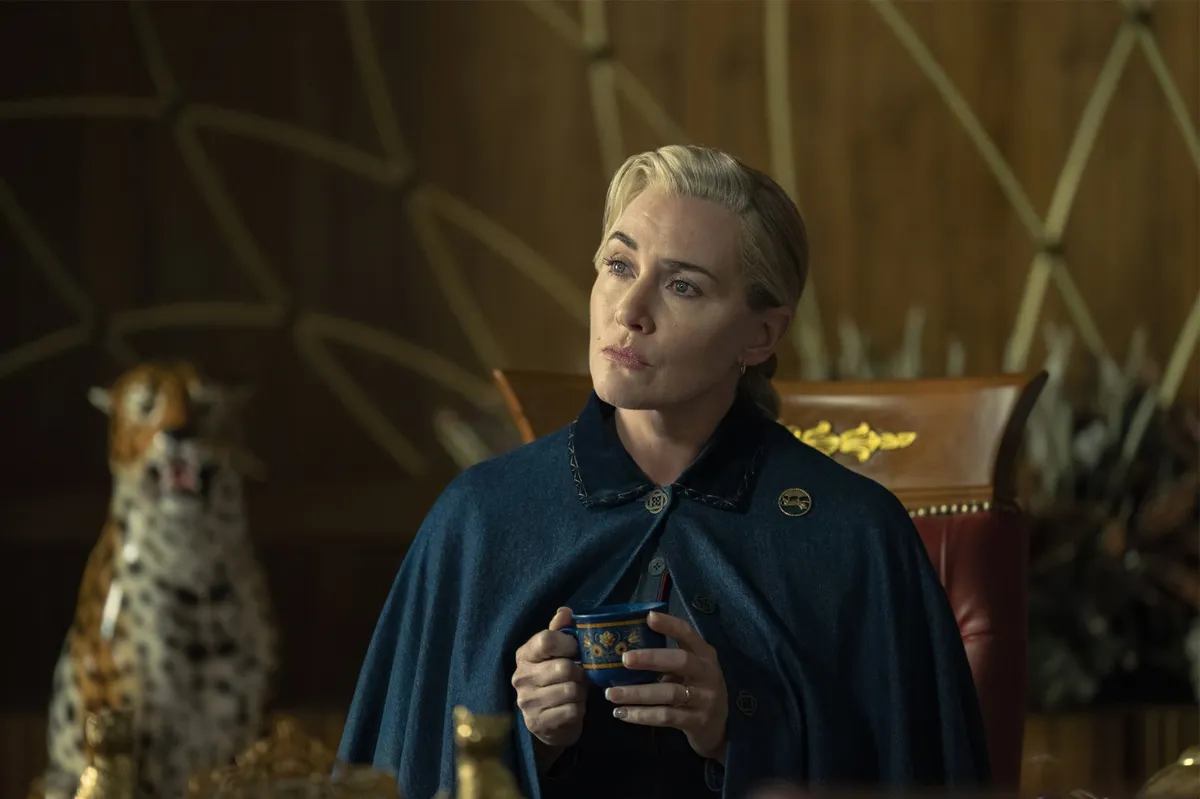


Leave a Reply